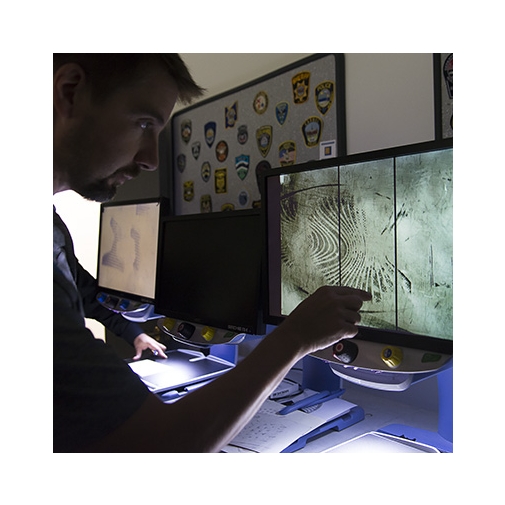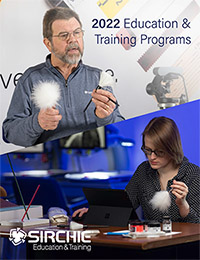- About Us
- Support
- Privacy Policy
- Contact us at +1 919-554-2244 or 1-800-356-7311
This class is taught at Sirchie Headquarters in Youngsville, NC. Monday through Friday.
Our Forensic Investigation Class provides law enforcement professionals and crime scene investigators with hands on training using forensic tools that will help to execute the best crime scene investigation mission possible.
This five-day class covers the scientific methods of collection, identification, evaluation, and preservation of physical evidence. It is the perfect Forensics training for any investigator from new detectives to police officers with more than 25 years on the force.
You need to attend this program if:
- You process crime scenes
- You want to learn more about the latest forensic and crime scene investigation tools and techniques used to process potential crime scenes
- You want to find as much evidence as possible at the crime scene
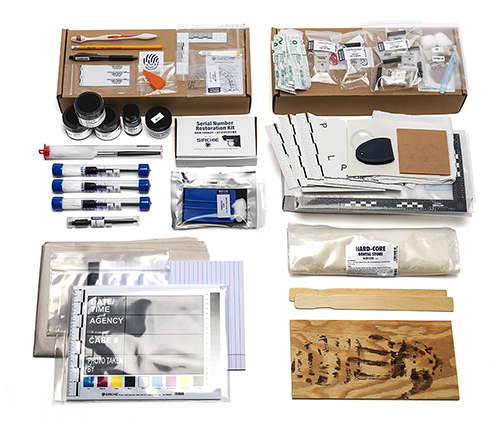

OST250KIT Contents:
1- Perforated Notepad, 8 1/2” x 11”
1- Biofoam Impression Kit
5- Tissue Paper, #15 weight
1- Blood Evidence on Plywood
1- PIC001 Photo Scale/ID Card, 8 1/2” x 11”
1- Crime Scene Documentation Forms
2- 131WL1 Hinge Lifter, 2” x 4”, white
6- FC343 Reversible Backing Cards, 3” x 5”
2- Orange Evidence Marking Pointers
1- 101L Silk Black Fingerprint Powder, 2 oz.
1- 107L Copper Fingerprint Powder, 2 oz.
1- SB201L Silver/Black Fingerprint Powder, 2 oz.
1- M114L Black Magnetic Fingerprint Powder, 1 oz.
3- 122L Standard Fiberglass Brush
1- 123LW Marabou Feather Brush, white
1- 125L Magnetic Powder Applicator
1- 127LW Rubber/GEL Lifters, 2” x 4”, white, 12 ea.
1- 145L 1.5” Frosted Lifting Tape
4- Index cards, 3” x 5”
1- SBQ100 Fingerprint Lifting Squeegee
1- SNR100K Serial Number Restoration Kit
1- PPS800 Forensic L-Scale, 105mm x 105mm
1- PPS600 Reversible Forensic L-Scale, 300mm x 150mm
1- LTF200PR Zero Edge Protractor
1- Hemastix Blood ID Reagent Strips, 10 ea.
1- Toothbrush
1- Ballpoint Pen, black ink
1- #2 Pencil
2- Cotton Balls
2- Ziptop Bag, 9” x 12”
1- Orange Acrylic Square, 4” x 4”
1- 379M Attached case Magnifier
3- SDM100E Disposable Evidence Markers, inches
2- Wooden Paint Stirrers
3- Terry Cloth Towel
6- Cotton-Tipped Swabs
1- GLT101W GELifters, 5.2” x 7.2”, white, 10 each
1- HCB1002 Hard-Core Dental Stone, 2 lbs.
1- KCP247C Sterile Water, 3ml vial
1- OSTBK100 Blood Evidence Samples on paper
5- PBID1005 Blood ID Tests, Kastle Meyer Reagent
1- PBID2001 Blood ID Tests, McPhail’s Reagent
1- PSID1001 Seminal Fluid ID Test
Your Instructors
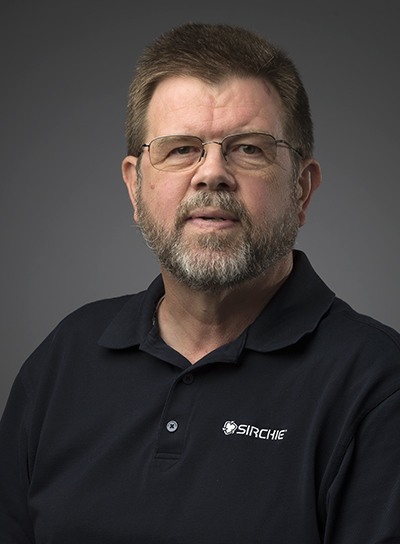

David Alford
David Alford is a retired FBI Special Agent with 21 years of experience investigating violent crimes, terrorism and other cases. He was one of the founding members of the FBI Evidence Response Team (ERT) and conducted crimes scene searches on domestic and international violent crimes and bombings, including the Polly Klaas kidnaping and murder, the Unabomber’s bombing sites and cabin and the 9/11 Pentagon scene. The international crime scenes included bombings in Doha, Qatar and Beirut, Lebanon, and the murder of specialized task force members in Mexico City, Mexico.
He worked in the Denver and San Francisco FBI field offices and completed his FBI career at Quantico in the FBI Lab ERT Unit. During the 6 years in the FBI Lab, he was primarily responsible for overseeing and teaching basic and advanced crime scene courses throughout the US and many other countries.
In the 6 years before the FBI, he was a Forensic Serologist, Hair and Fibers Examiner and Bloodstain Pattern Analyst for the Kentucky State Police Crime Lab. He was a member of the Midwestern Association of Forensic Scientists. He also provided training at national forensic conferences. Throughout his career he has testified in state courts as a Forensic Expert in Serology, Hair and Fiber Analysis and Bloodstain Pattern Analysis and in state and federal courts as an FBI Agent.
After retiring from his law enforcement duties in December 2005, David taught crime scene courses around the world on behalf of the FBI and US State Department.
David began his career with Sirchie in January 2006, as a sales representative and instructor for Sirchie’s RUVIS and Alternate Light Source (ALS) products. He continues with these opportunities but now is primarily a Crime Scene Instructor for Sirchie’s Forensic Investigation Technology courses. He teaches local, state and federal officers by teaching live hands-on virtual classes and by traveling throughout the US to teach in-person. David loves teaching and providing law enforcement officers with hands-on opportunities to develop their skills at finding the physical evidence needed to solve cases and make their communities a safer place to live.
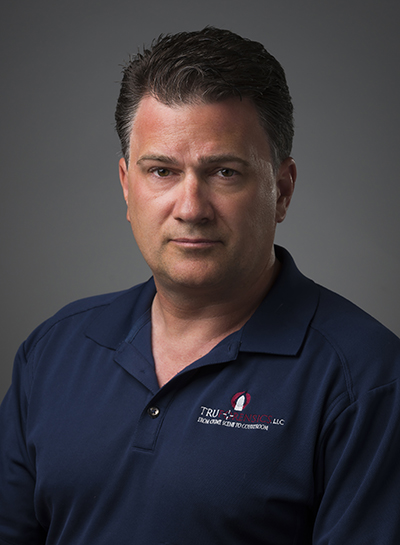

David Pauly
David G. Pauly, Professor, Forensic Science Program, Methodist University, Fayetteville, NC, retired from The U.S. Army Criminal Investigation Command as a Special Agent-in-Charge/Commander, Paratrooper, and Forensic Science Officer.
Dave performed duties in numerous U.S. States and foreign countries and frequently worked with local, state, and other federal agencies, as well as various non-U.S. law enforcement entities in Panama, South Korea, Afghanistan, Haiti, Kuwait, Saudi Arabia, Israel, Turkey, Egypt, Canada, Guam, and Nigeria.
Prof. Pauly holds a Master of Forensic Science degree from The George Washington University where he taught summer sessions for several years while also developing the Forensic Science Program at Methodist University from its inception to a thriving program where young students learn a comprehensive curriculum involving crime scene forensic science and criminal investigations.
Dave graduated the FBI National Academy (Session 195), Canadian Police College - Major Crimes Course, Miami-Dade Police Department - Bloodstain Interpretation Course, and National Fire Academy - Arson Investigation Course, and has completed numerous other courses, seminars, symposiums, and classes in criminal investigations, forensic science, and other law enforcement related topics.
Dave is an active Fellow of The American Academy of Forensic Science, and is a current, or past member of the International Association of Identification, North Carolina Chapters of the IAI and FBINAA, International Association of Bloodstain Pattern Analysts, North Carolina Homicide Investigator’s Association, The Vidocq Society, American Investigative Society of Cold Cases (AISOCC), and various other professional law enforcement and/or forensic science associations.
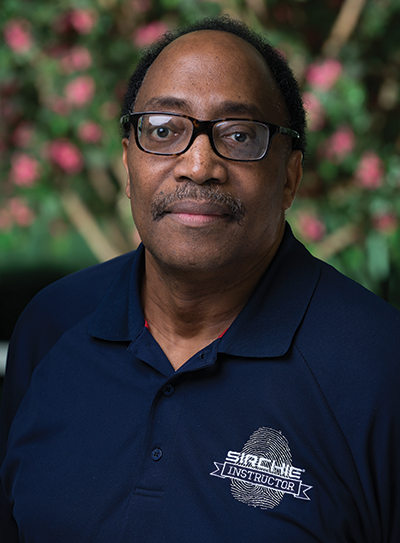

Johnny Leonard
Johnny Leonard is a retired Deputy Director of the City‐County Bureau of Identification in Raleigh, NC and is both an I.A.I. Certified Latent Print Examiner and Footwear Examiner. He has also worked for the FBI and the NC State Bureau of Investigation. He has been a latent fingerprint examiner for the past 40 years and has over 50 years of fingerprint experience. During the past 44 years he has instructed over 250 classes and trained more than 2500 students in the science of fingerprints.
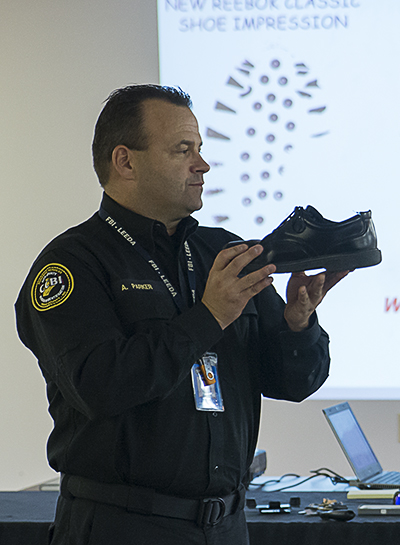

Andy Parker
Andy Parker is the Assistant Director of the Raleigh/Wake City-County Bureau of Identification (CCBI). Since 2002, he has managed the Laboratory Division, the Identification Division, and currently is in charge of the Crime Scene Science Division. He has also served as a Latent Print Section Supervisor and Latent Print/Footwear Examiner for the CCBI.
Prior to moving to Raleigh, Andy was a Crime Scene Investigator for the Tallahassee Police Department after serving seven years with the Florida Department of Law Enforcement. Andy is the former president of the North Carolina Division of the International Association for Identification. Additionally, Andy is a graduate of the FBI’s National Academy Session 262.
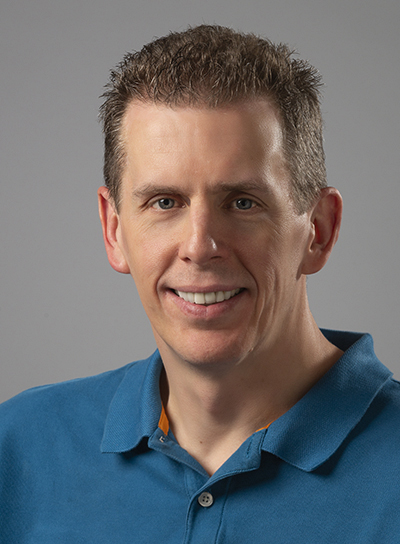

Dyer bennett
As Senior VP of Operations as well as Education & Training at Sirchie, Dyer works with industry experts to develop and update the latest in forensic product technology. His broad technical knowledge covers many forensic disciplines, including latent print development, digital forensics, shooting reconstruction, and alternate light sources. He brings a unique perspective to training with intimate knowledge of how the forensic tools are made and how they work.
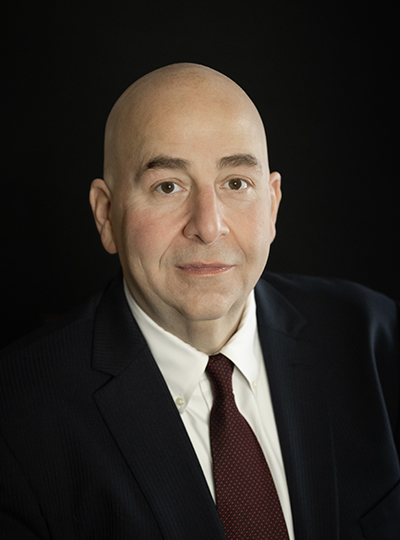

Dave MacNeil
Dave is currently a Detective for the Watertown (MA) Police Department, with responsibilities for investigating major crimes, managing the day-to-day operations of the crime lab, and serving as the department’s photographer. With over 30 years of experience in law enforcement and a graduate of the FBI Academy, he also instructs crime scene investigation at the local, state, and federal level, including the U.S. DOJ Law Enforcement Training, the National Forensic Academy, and Boston University’s School of Forensic Science.
Click on the thumbnail to download our 2022 Education & Training Guide.
More Information
| Curriculum | Crime Scene Management The various types and categories of physical evidence are reviewed with the emphasis being placed on the proper procedures for securing the crime scene and preparing to collect evidence. Fingerprint Theory and Classification The fundamental principles of fingerprints are examined, including the basic concepts of ridge pattern development, identification characteristics and classification methods. Students will review latent print comparison methods with emphasis on understanding AFIS and modern latent print identification techniques. Latent Print Processing—Powders Latent Print Processing—Chemicals During this segment, students will develop latent prints on porous surfaces, including paper and cardboard, utilizing iodine fuming, ninhydrin and silver nitrate. Students will review proper process sequencing for the maximum retrieval of latent prints and review the chemical principles of how they work. Cyanoacrylate (superglue) techniques for non-porous surfaces will be demonstrated also. Forensic Photography Controlled Substances Identification Students will work with presumptive field test kits that offer screening of the most commonly abused drugs and narcotics. Serial Number Restoration Working with various metallic and plastic surfaces, students will restore obliterated serial numbers. Liquid and gel reagents are used in conjunction with the electron accelerator. Firearms, Ballistics, and Gun Shot Residue Identification of firearms and the fundamentals of ammunition and its manufacture, behavior, and destructive effects is discussed. Fundamentals of gunshot residue, including determining proximity and presumptive testing for GSR are reviewed and demonstrated. Students will also be exposed to basic shooting reconstruction and proper documentation of shooting incidents. Alternate Lights and RUVIS The use of alternate light sources to identify evidence at the scene as well as enhance contrast with fingerprint powders and chemicals is reviewed. RUVIS, using the SIRCHIE Krimesite Imager, will be used to demonstrate a non-intrusive technique for discovering latent prints at the crime scene without powders or chemicals. Biological Evidence - Blood, Fluids, and DNA Students learn proper methods to locate, identify, and collect physiological fluid stains. Proper search methods including alternate light sources and chemical search methods including luminol and Bluestar are demonstrated. Students will also learn how to presumptively identify the type of stain using chemical reagents. Collection and preservation methods will be reviewed based on the latest best practices for DNA. Digital Device Forensics Intro Proper collection of digital devices, including computers and cell phones, will be reviewed. Students will learn the fundamentals, including data that can be extracted from these devices, the legal aspects of data, and ways to preserve data through proper packaging and Faraday techniques. Footprint, Tire, and Toolmark Impression Evidence Impression evidence types and their value in criminal investigation will be reviewed. Students will learn and experience methods for capturing footwear tread impressions, including magnetic powder development, electrostatic dust print lifting, and dental stone casting. Principles of footwear and tire comparison will be shown, including proper documentation for the lab and court. Review and Final Examination A comprehensive examination will be given at the end of the course, covering materials discussed and demonstrated. Students also investigate a mock crime scene as teams and present their findings over lunch on the last day. |
|---|

